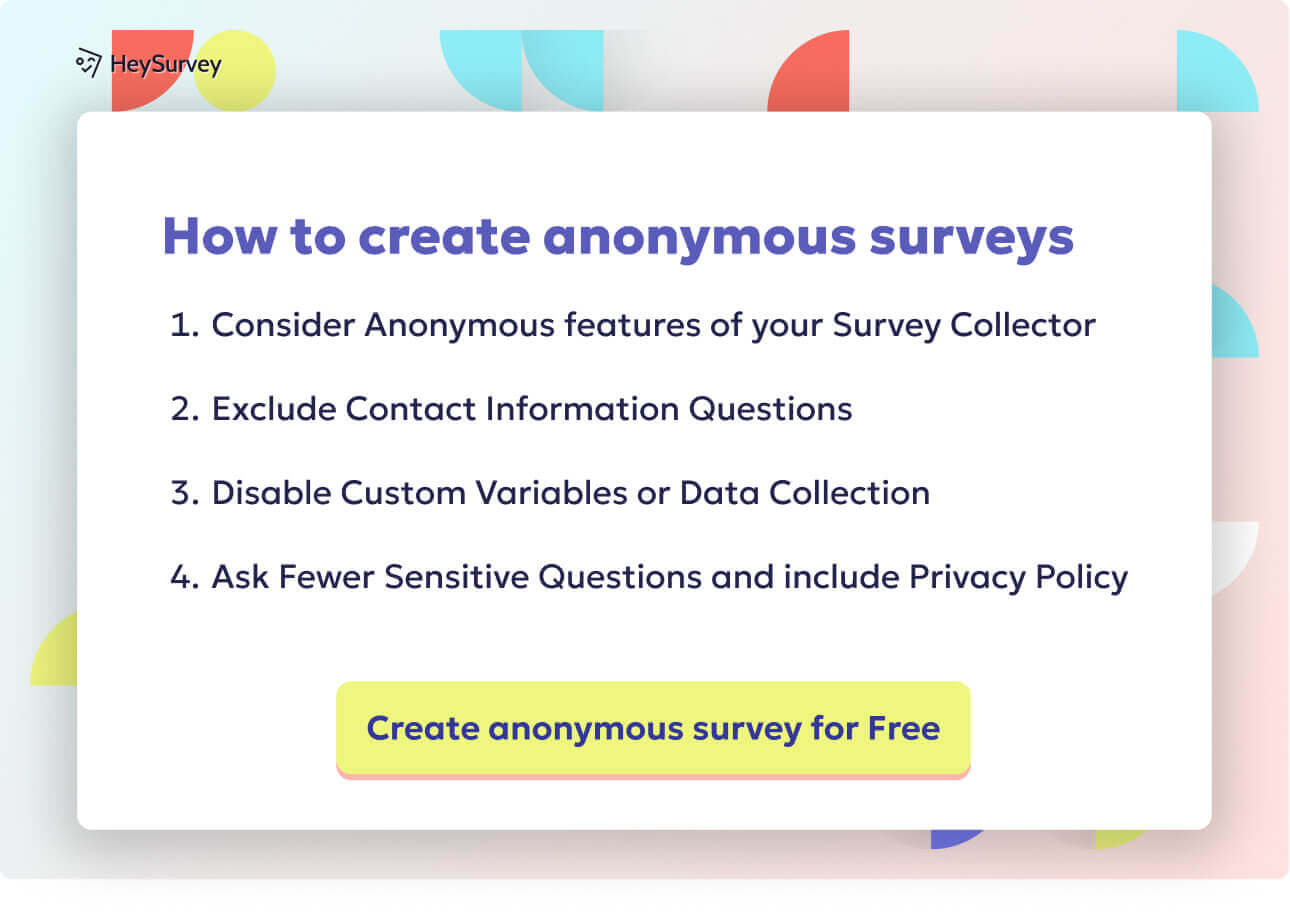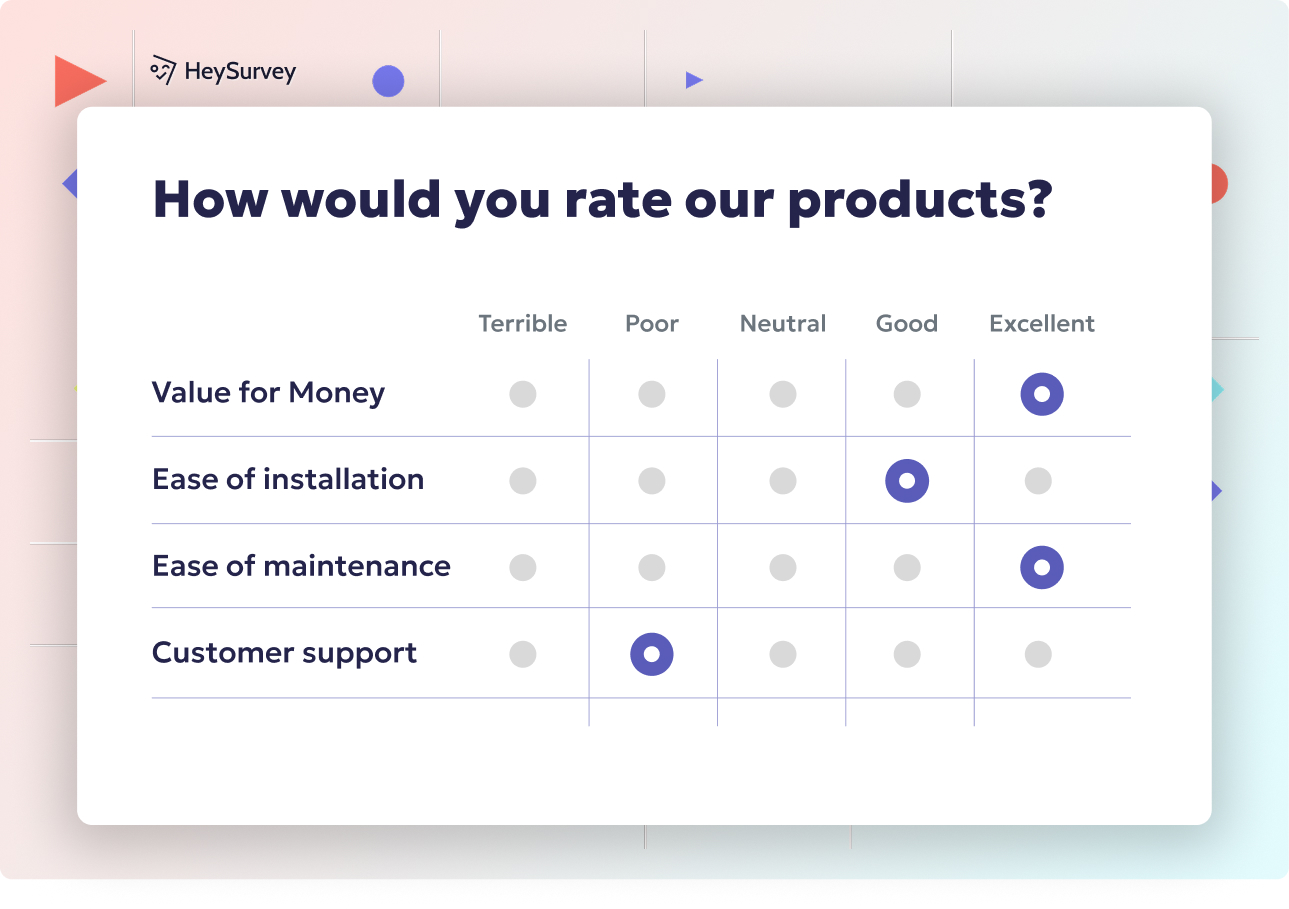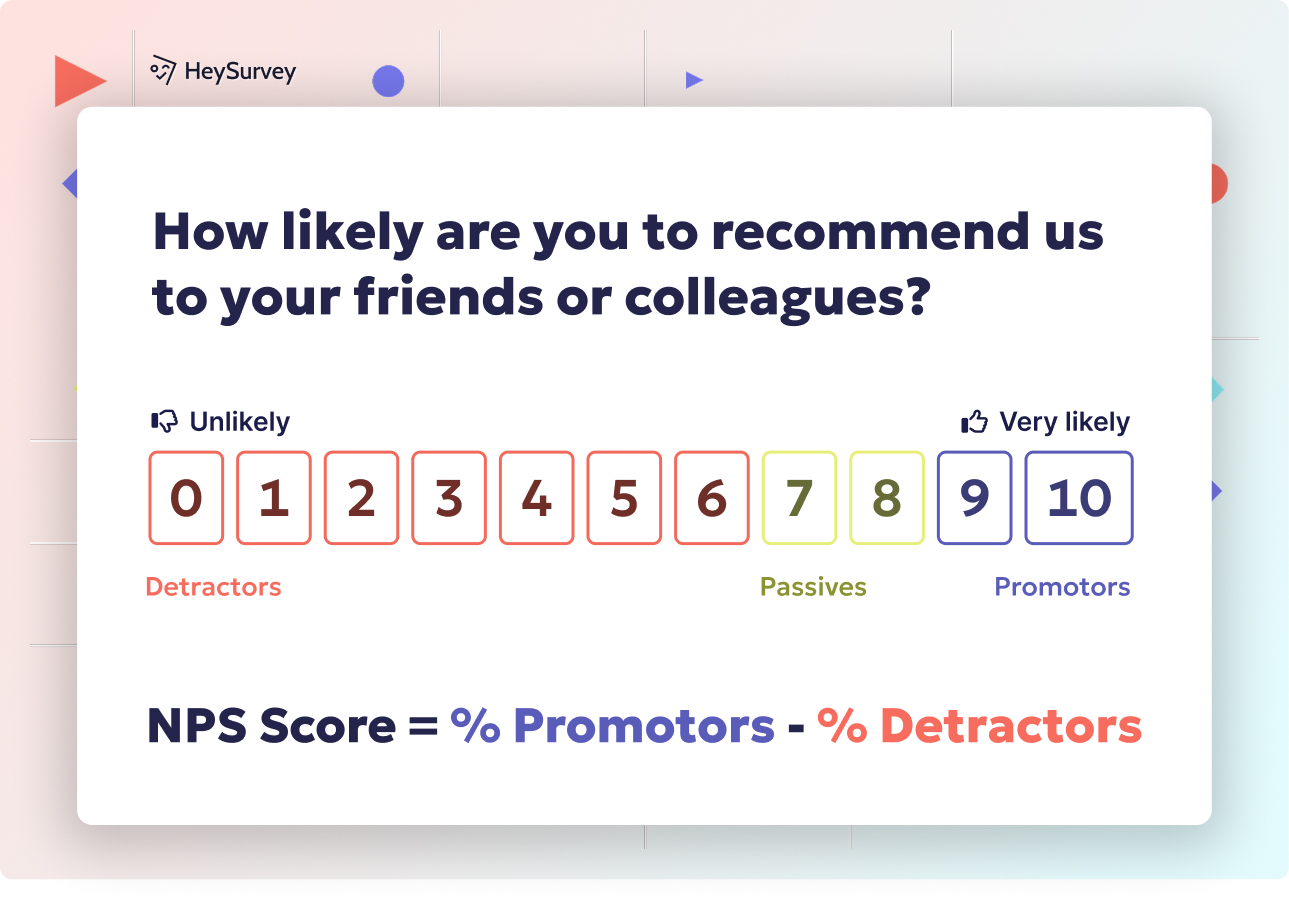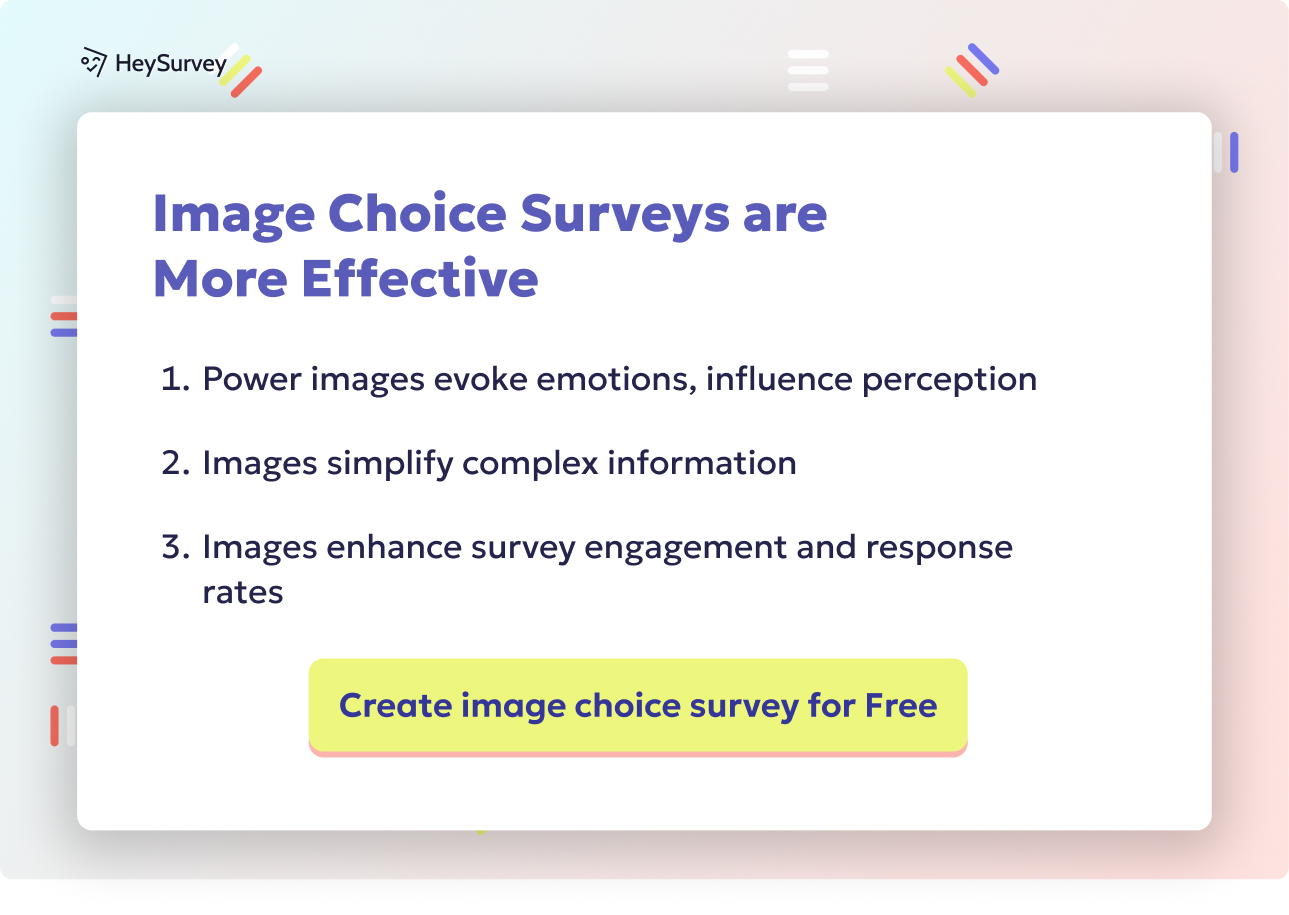32 Dental Survey Questions for Patients to Improve Care
Discover 27 essential dental survey questions for patients to improve care, boost satisfaction, and enhance your dental practice experience.
Dental patient surveys are a goldmine for practices hoping to boost clinical outcomes, wow new patients, and rack up glowing online reviews. These feedback-rich tools do more than just collect answers—they power better chairside communication, improve patient retention, and set the stage for stellar practice growth. If you want to transform your dental office into a hub for five-star smiles, it’s time to discover the right survey at the right time. (P.S. We’ve tucked free sample questions inside—read on and grab them!)
New-Patient Intake Survey
Why & When to Use
A new-patient intake survey is the secret weapon to starting every relationship off right. Launching this survey after booking, but before the first visit lets you slide into your appointment with superpowers: more time for treatment, less time on paperwork, and background knowledge that makes patients feel instantly cared for. It’s a simple way to learn if your new patient is a dental superstar or if they have scars from a rough experience with a drill in 1999.
You’ll also avoid the awkward moment when a patient forgets to mention their peanut allergy or reveals they despise the sound of cleaning instruments. This early step helps you personalize care and uncover any medical details that might influence your treatment plan. Think of it as setting the GPS before you start the trip—no surprise detours.
- Effortlessly capture health history and treatment motives
- Set realistic expectations to avoid comic misunderstandings
- Reduce anxious waiting room vibes by collecting preferences ahead of time
- Find out what makes your new patient tick (is it gentle hygienists or dazzling tech?)
5 Sample Questions
What is the primary reason you scheduled an appointment with us today?
How would you rate your overall oral health? (Excellent / Good / Fair / Poor)
Have you ever had a negative dental experience? If yes, please describe briefly.
Do you have any medical conditions or medications we should know about?
Which factors matter most when choosing a dental practice? (Location, cost, technology, etc.)
Being prepared pays off—your patients breeze through that first visit, and you look like a mind reader.
Implementing patient satisfaction surveys in dental practices enhances service quality, strengthens patient engagement, and drives practice growth. (mydentisthub.com)

Creating a dental patient survey with HeySurvey is as easy as 1-2-3. Follow these simple steps to launch your own professional, tailored survey in minutes—even if you've never made one before!
Step 1: Create a New Survey
Head to HeySurvey’s dashboard and click “Create New Survey.”
Choose either a pre-built template (great to jumpstart your dental survey) or start from an empty sheet for full customization.
Give your survey a clear internal name, like “Dental Patient Feedback,” so you can easily find it later.
Voilà! Your blank survey canvas awaits.
Tip: To save time, start directly with a ready-made template by clicking the button below this instruction.
Step 2: Add Questions
Click the “Add Question” button at the top or between existing questions.
Pick from question types such as Multiple Choice, Scale, Text Input, or Net Promoter Score to match each item you need (e.g., “How was your experience?” or “Rate your comfort level”).
Enter your dental patient survey questions and customize settings:
- Mark essential questions as required to avoid missing answers.
- Use clear, straightforward language with no jargon for best responses.
Want to get creative? Add images from Unsplash or Giphy, or spice up text with simple markdown styling.
If certain answers call for different follow-up questions, set up branching to guide respondents effortlessly through your survey.
Step 3: Publish Your Survey
Hit the Preview button to see your survey exactly as patients will—and make any final tweaks.
When you’re happy with the look and feel, click Publish.
Share your survey easily with a link, embed it on your practice website, or send it out via email.
Note: Publishing requires a free account login, so if you haven’t made one yet, HeySurvey will prompt you to sign up.
Bonus Step 1: Apply Branding
Open the Designer Sidebar to upload your dental practice logo and choose your brand colors, fonts, and background styles.
Customize question cards and survey animations for that polished, professional vibe.
Branding helps patients instantly recognize your survey and builds trust from the first click.
Bonus Step 2: Define Settings
Go to the Settings Panel to set start/end dates for your survey campaign and limit the number of responses if needed.
Add a redirect URL to guide respondents to your thanks page or special offer.
Choose whether respondents can see survey results—handy for sharing satisfaction scores.
Bonus Step 3: Use Branching and Skip Logic
Create personalized patient journeys by adding branches based on specific answers.
For example, if a patient rates anxiety as 8 or higher, you could skip ahead to questions about sedation options for a more relevant experience.
Multiple endings can provide custom messages or resources depending on how the patient responds.
Now you’re ready to capture targeted, actionable feedback with HeySurvey—so your dental practice can shine even brighter!
Post-Appointment Satisfaction Survey
Why & When to Use
A post-appointment satisfaction survey is your instant feedback machine. It’s best sent within 24–48 hours of each visit, while the last appointment is still fresh in your patient’s mind. This moment is your shot to grab honest impressions right after the numbing wears off, but before the memory fades. Swift feedback like this lets you fix what went sideways, ensure happy patients, and even encourage stellar online reviews.
Don’t underestimate this step. Measuring satisfaction across touchpoints lets you spot hidden bottlenecks, from mysterious wait times to unclear treatment costs. Patients appreciate being heard, and your team gets essential insight without a magnifying glass. Plus, you’ll have a wave of positive testimonials ready to ride the digital review tsunami.
- Find out if patients love the care or loath the lobby music
- Address service gaps to refine the practice experience
- Nurture a feedback culture that’s healthy for everyone
- Stand out online, one glowing comment at a time
5 Sample Questions
How satisfied were you with today’s appointment overall? (1–5 scale)
Did our team explain your treatment options clearly?
How comfortable did you feel during the procedure?
Was the wait time acceptable?
How likely are you to recommend our practice to friends or family? (Net Promoter Score)
Consistent follow-up means you can celebrate wins—like “Best Novocaine Technique”—or tweak anything that didn’t quite land.
Implementing patient satisfaction surveys in dental practices enhances service quality and patient retention by identifying areas for improvement and fostering a patient-centered approach. (mydentisthub.com)
Dental Anxiety & Comfort Survey
Why & When to Use
Dental anxiety is so common that it might as well be its own guest on the patient’s chart. Send a dental anxiety and comfort survey to patients with moderate nerves or before anything invasive. Understanding triggers means you tailor everything, from the playlist to the nitrous.
Even the bravest patients have their kryptonite—be it needles, drills, or the mysterious cost of care. When you allow patients to disclose their fears (and possibly their dislike for elevator music), you show deep empathy and upgrade their comfort. Sometimes, just knowing someone’s listening is enough to drop anxiety levels by a notch.
- Identify the little things that create big fear
- Offer comfort strategies that win trust (blankets, anyone?)
- Introduce sedation or relaxation options before panic sets in
- Turn your dental chair into a safe haven rather than a torture chamber
5 Sample Questions
On a scale of 0–10, how anxious do you feel about dental visits?
Which aspects of dental care trigger the most stress for you? (Needles, drilling, sounds, cost)
Have relaxation techniques (music, aromatherapy) helped you in the past?
Would you like information on sedation options?
How can we make your next visit more comfortable?
If you defuse dental anxiety, your patients will thank you—and they’ll come back smiling next time.
Treatment Understanding & Informed-Consent Survey
Why & When to Use
If patients don’t “get it,” treatment stalls. A treatment understanding and informed-consent survey should be served right after presenting the plan. The goal? Verify that your patient actually understands the benefits, risks, options, and costs—before anyone picks up a scaler.
This isn’t just about patient comfort; it’s about legal compliance and sparkling communication. Clear comprehension means fewer misunderstandings and a smoother path to “yes!” Plus, documenting that your patient gets what’s going on in their mouth protects everyone if questions arise later.
- Confirm understanding of every treatment detail
- Catch confusion about side effects or alternatives
- Spot questions about insurance or hidden fees
- Create a transparent, trust-based dentist–patient partnership
5 Sample Questions
Do you understand the benefits of the proposed treatment?
Are the potential risks and side effects clear to you?
Do you feel you received enough information about alternative options?
Do you have any unanswered questions about costs or insurance coverage?
Are you comfortable proceeding with the recommended treatment? (Yes/No, explain)
When patients leave feeling empowered and informed, your consent process becomes bulletproof—and everyone sleeps better at night.
A systematic review found that conventional dental informed consent processes yield patient comprehension rates between 27% and 85%, while enhanced methods using additional media improve comprehension to 44%–93%. (pubmed.ncbi.nlm.nih.gov)
Oral Hygiene & Home-Care Survey
Why & When to Use
What happens between visits often matters more than what happens in the chair. Oral hygiene and home-care surveys are perfect for biannual deployment or before preventive checkups. These surveys help clinicians peek into their patients’ daily routines and highlight any hygiene hiccups that need extra TLC.
Patients aren’t always forthcoming about a twice-a-week floss routine—or if they “borrow” their toddler’s toothpaste. A survey opens the floor for honest admissions, learning, and improvement. Spotting home-care gaps lets you personalize education and keep cavities and gum disease at bay.
- Understand brushing and flossing frequency
- Learn about tool preferences (eco-friendly or electric toothbrush fans unite!)
- Discover obstacles to good habits, from time crunches to uncertainty about technique
- Reinforce the value of regular hygiene between pro cleanings
5 Sample Questions
How often do you brush your teeth each day?
What type of toothbrush do you use? (Manual/Powered)
How frequently do you floss or use interdental cleaners?
Do you use fluoride mouthwash regularly?
What challenges do you face in maintaining oral hygiene?
These insights help you cheerlead your patients toward lifelong healthy routines—and fewer fillings.
Insurance, Billing & Financial Experience Survey
Why & When to Use
For many patients, financial experiences are as important as clinical ones. After treatment and once the dust settles on bills and insurance claims, a dedicated survey can unearth everything from surprising invoices to financing frustrations.
Confusing financial policies can erode patient trust and loyalty faster than you can say, “EOB.” Direct feedback spots any billing friction before it becomes a full-blown review bomb. You want transparency, trust, and clarity to win the day—with zero confusion over who paid what, and when.
- Assess transparency around cost estimates
- Ensure satisfaction with insurance explanations
- Surface hidden fees or unclear payment plans
- Spot improvement areas in your billing cycle
5 Sample Questions
Was the cost estimate provided before treatment accurate?
How satisfied are you with our explanation of your insurance benefits?
Did you experience any unexpected out-of-pocket expenses?
How easy was it to arrange financing or payment plans?
What could we improve in our billing process?
Clear financial processes win fans—and future business.
Appointment Scheduling & Communication Preferences Survey
Why & When to Use
Nobody likes endless phone tag or last-minute surprises. Surveys about appointment scheduling and communication preferences reveal how your patients want to connect (and when). Whether you’re rolling out text reminders or considering a new booking app, this feedback ensures you’re always a step ahead.
Understanding patient communication preferences can dramatically enhance convenience, boost attendance rates, and streamline rescheduling. Send this survey at least once a year, or any time you debut a new messaging tool. The result: fewer no-shows and more happy faces in your waiting room.
- Uncover your patients’ favorite reminder channels
- Fine-tune reminder timing for best results
- Gauge interest in online portals and automated systems
- Identify pain points that interrupt the appointment flow
5 Sample Questions
Which method do you prefer for appointment reminders?
How far in advance would you like to receive reminders?
Would you use an online self-service portal to reschedule appointments?
How satisfied are you with our current communication?
What improvements would make scheduling more convenient?
Power up your scheduling game and keep your calendar full—without a single game of phone tag.
Best Practices: Dos and Don’ts for Crafting Dental Patient Surveys
Creating effective dental surveys is both an art and a science. The best dental survey practices strike a balance between efficiency, clarity, and patient engagement. A good rule of thumb is to keep surveys short, sweet, and snappy—never more than ten easy-to-grasp questions.
Make every question count. Use clear, friendly language that even your most junior patient would understand. And remember, HIPAA loves you when your survey is secure, discreet, and private. Mobile-friendly formats ensure everyone—from the techie teen to the senior on their tablet—can answer with ease. Don’t forget to spice it up with little incentives, like a free smile assessment or an entry into a prize draw, to boost response rates.
- Do keep your surveys under 10 questions—brevity wins big
- Do use plain English, ditching jargon and technical terms
- Do ensure mobile-friendly formats and accessibility
- Do maintain patient privacy and comply with HIPAA at all times
- Do provide small incentives as a friendly nudge
For the don’ts, dodge these common traps to ensure honest, actionable answers:
- Don’t use leading or biased questions
- Don’t slip in double-barreled questions (one question at a time, please!)
- Don’t require open-text responses for every item—those can feel like homework
- Don’t force survey completion or make every question mandatory
- Don’t skip follow-up or ignore the feedback you receive
Stellar dental surveys offer immense value—they boost patient satisfaction, power better care, and keep your practice at the very top of its game. When in doubt, align questions with the latest ADA guidance for best results.
Dental patient surveys are more than just a box to check—they’re a doorway to constant improvement and patient delight. Each thoughtfully crafted question builds trust, captures priceless feedback, and helps you deliver care that makes people smile brighter. Use the surveys above to power up your dental practice and leave every patient eager for their next visit. In the end, the best practices are simple: listen, adapt, and always keep it friendly.
Related Health Survey Surveys

30+ Health Care Satisfaction Survey Questions: Templates & Tips
Explore 30 expert health care satisfaction survey questions across six types to boost patient fee...

31 Body Image Survey Questions: Types, Usage & Best Guide
Discover 35 expert body image survey questions across 7 proven types to measure body satisfaction...

31 Essential Domestic Violence Survey Questions: Types & Uses
Explore 30+ domestic violence survey questions covering types, uses, samples, and best practices ...
